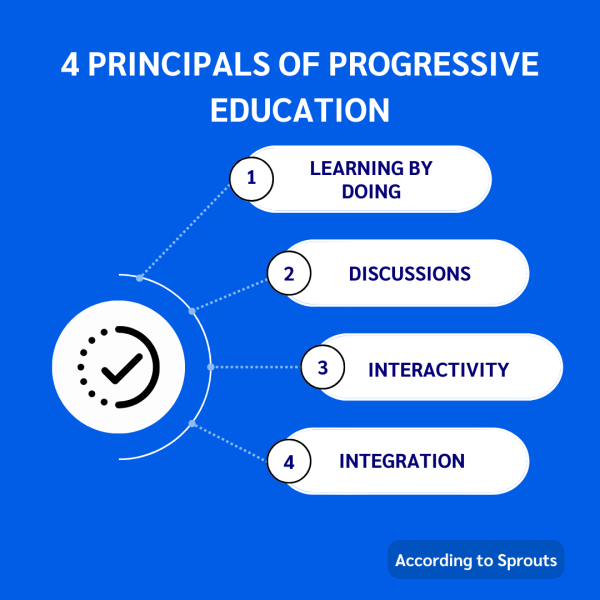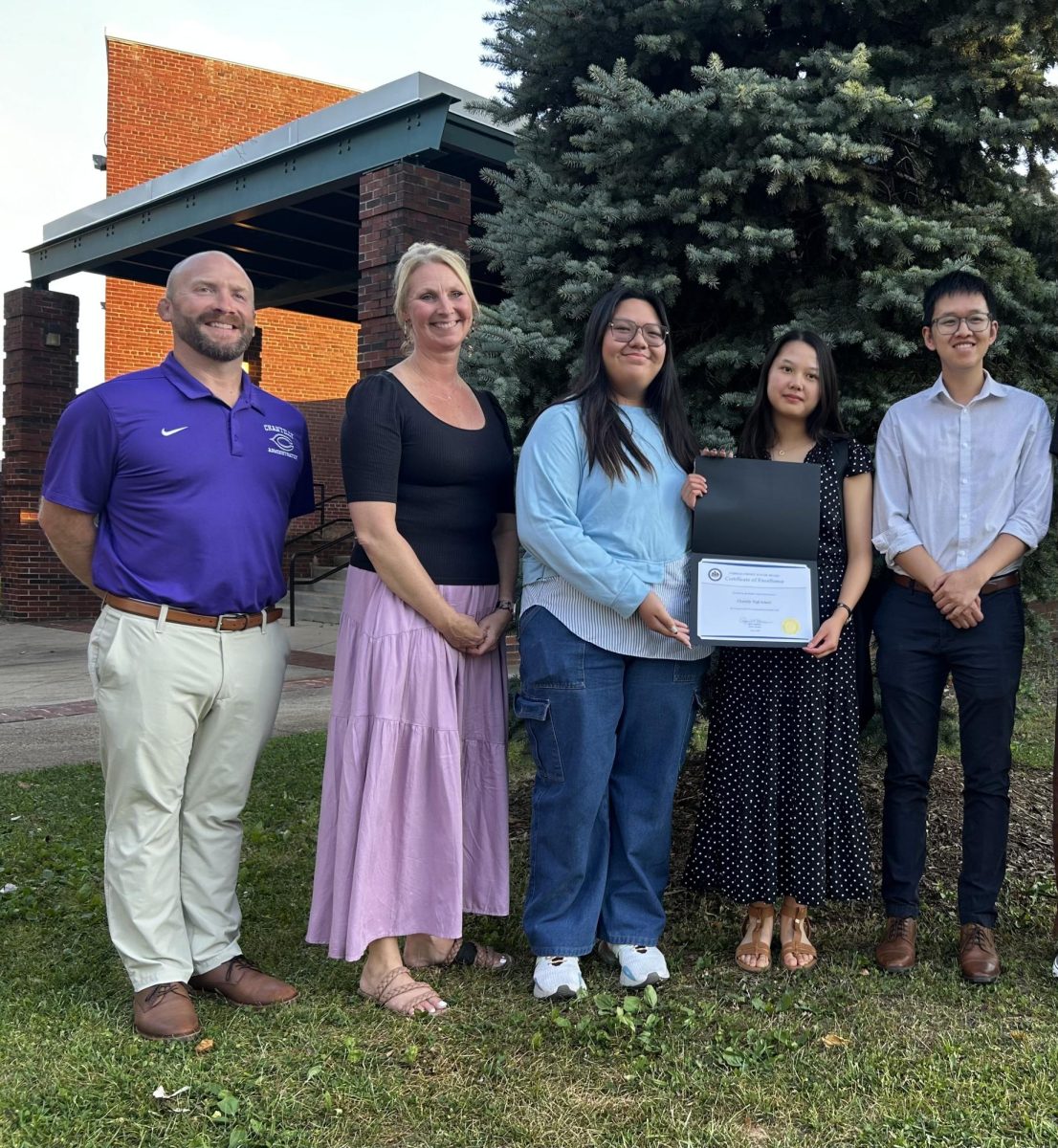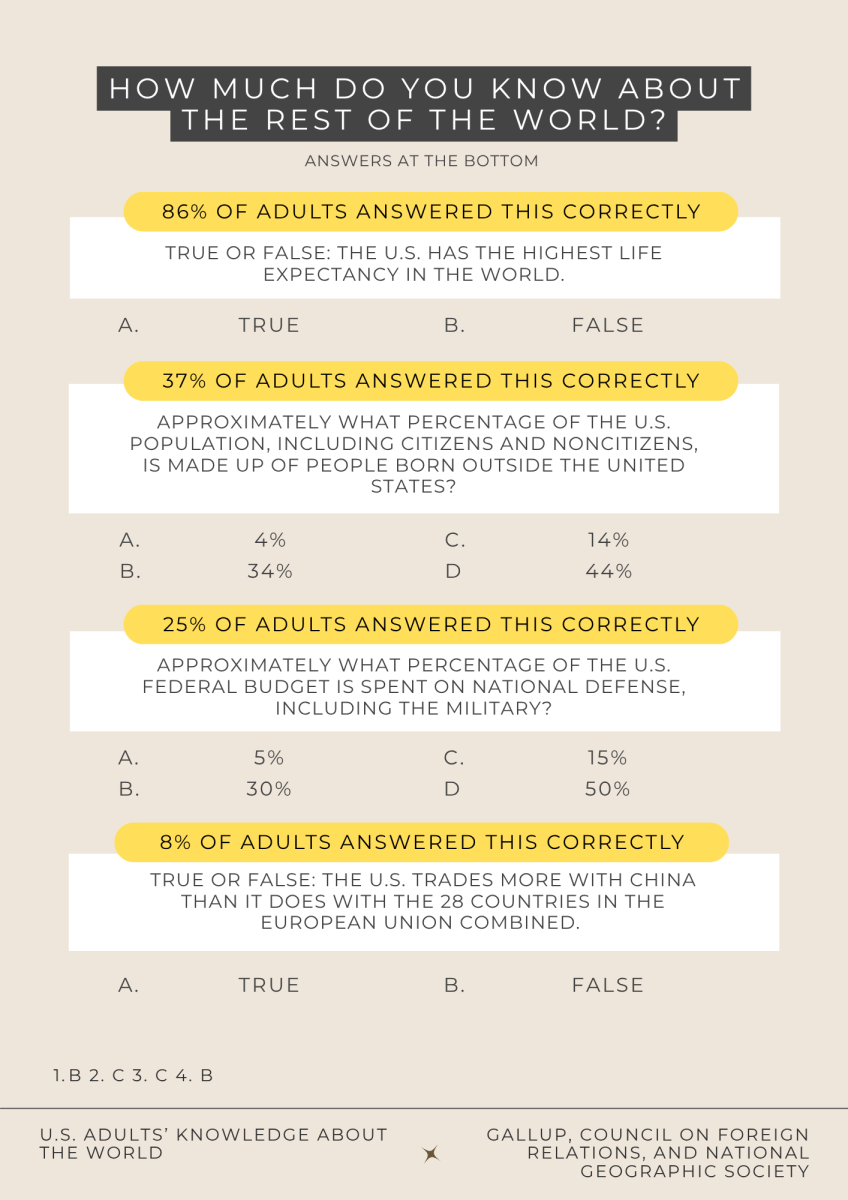When a student fails an assignment or a test, they are more likely to fear the consequences that will follow– rather than disappointment that they didn’t understand the concept.
Since 1838, when American educators began standardized testing, there has been a significant focus on uniform metrics for comparing students. However, this creates an “obsession” in which students prioritize high grades or scores over the actual acquisition of knowledge which ultimately decreases internal drive and lowers self-esteem.
To help reinforce the true purpose of education, American educational systems need to shift their priorities from numerical results and acknowledge that learning is not a process to be measured solely by numbers.
In a student’s learning environment, there are two types of motivation: intrinsic and extrinsic. Intrinsic motivation is the true desire to learn a topic, purely out of their curiosity without external factors. Extrinsic motivation is influenced by outer factors, such as a parent’s expectations, social pressure and overall, situations pushed by a mindset of a “reward” or “punishment.” Both incentives prompt growth and motivation for students to perform better.
Unfortunately, the American educational system pushes many students to immerse themselves too deeply in extrinsic motivations and methods where learning is being deprioritized. In a survey conducted by The Princeton Review, while 90% of students say that getting good grades is important, less than 10% say that succeeding in school is important in order to learn new material.
In America, the weight of grades and standardized tests stretches far beyond high school; they stretch to college and future job opportunities. For colleges, GPAs and SATs are factors that are considered for admission. Additionally, many potential employers take into consideration college GPAs and transcripts, as 56.6% of employers used GPAs to screen college graduates from the Class of 2021 for open positions.
But this was not education’s intended purpose. Schools should foster creativity, critical thinking and a desire for learning in addition to academic performance. Grades and standardized tests serve as helpful checkpoints, but only offer a limited view into a student’s full capabilities.
To do so, it is important to slowly incorporate more progressive learning in schools: learning in which the students engage actively with a focus on building intrinsic motivations.
There are four principles of progressive education, as formulated by philosopher and psychologist John Dewey. They are the principles of learning by doing, discussions, interactivity and integration, which help shape a holistic approach to learning. This entails a shift towards more active participation, integrated studies and a mindful reduction of standardized testing.
In specificity, there should be an increased amount of hands-on activities. For instance, with subjects such as biology or chemistry, students should do more lab work and hands-on activities instead of passive learning through reading a textbook.

Additionally, there should be reduced amounts of standardized testing. On average, teachers estimate spending 14 days preparing students for state-mandated exams, and 12 days for district-mandated exams. According to a study conducted by the Center on Education Policy, 81% of teachers believe they spend too much time taking district and state-mandated tests.
Because a reduction in testing leaves more time, schools can create and implement a curriculum combining science, math and English, which encourages students to draw connections– gradually establishing a new standard.
These suggestions would help balance students’ levels of well-being and maintain healthy incentives – such as higher levels of intrinsic motivation. A study done by David Scott Yeager and Carol S. Dweck states that the students who possessed higher levels of intrinsic motivations compared to extrinsic ones were more likely to have higher purpose in the work that they do – both while in school, and later, in their career. By doing so, students are more likely to maintain sight of the true purpose of education: learning.
















